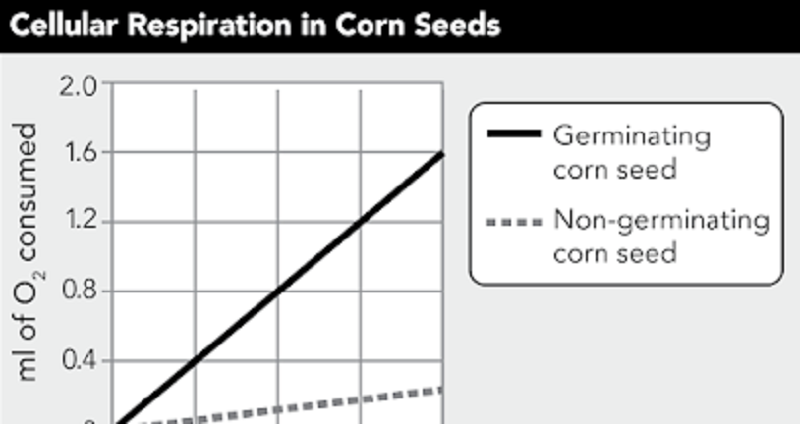Science Test 2.5 and 2.6
{"name":"Science Test 2.5 and 2.6", "url":"https://www.quiz-maker.com/QPREVIEW","txt":"Test your knowledge on photosynthesis and cellular respiration with this comprehensive quiz! Designed for students and enthusiasts alike, this quiz covers essential concepts in plant biology and energy production in living organisms.Challenge yourself with questions that include:The processes involved in photosynthesis.How living organisms derive energy.The differences between cellular respiration and fermentation.","img":"https:/images/course6.png"}
More Quizzes
Photosynthesis quiz
15813
MDCAT BIOLOGY-Bioenergetics (SMART INSTITUTE)
60300
320
What’s my sexuality
420
Noun with Answers - Common & Proper Nouns
201016573
Apgar Scale: Assesses All of the Following, Except?
201018727
What Mobility Aid Is Right for Me? Free With Results
201021399
Eminem - Test Your Fan Knowledge
201020040
Cranial Nerve: Label & Match All 12 Nerves
201018971
Full House - Which Character Are You?
201016864
CDA Practice Test - Free Online Sample Questions
201016804
Molecular Geometry - Free Practice with Answers
201017045


